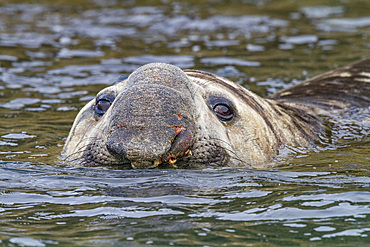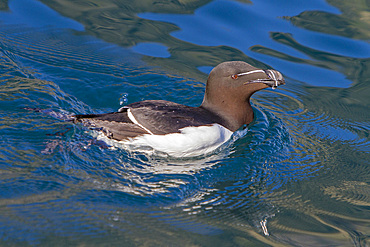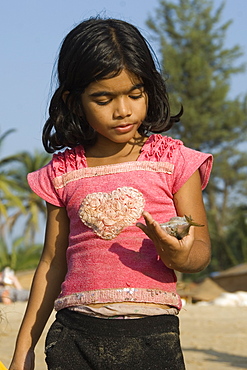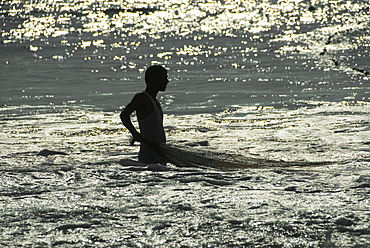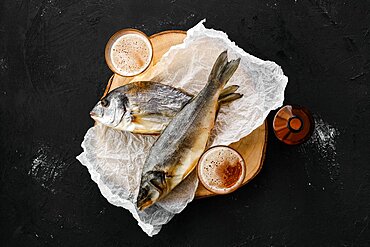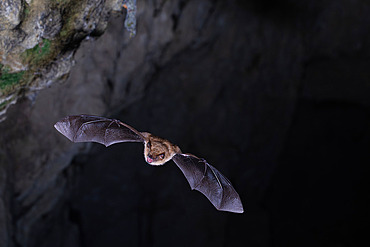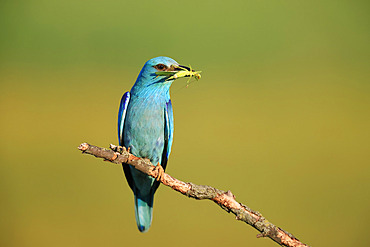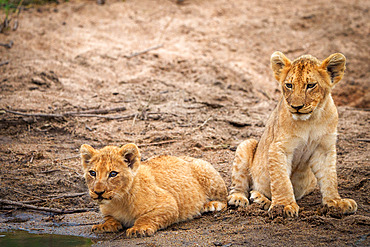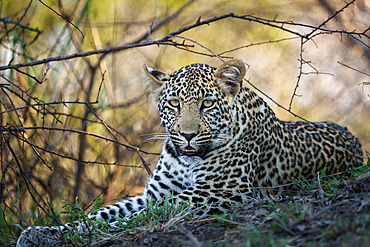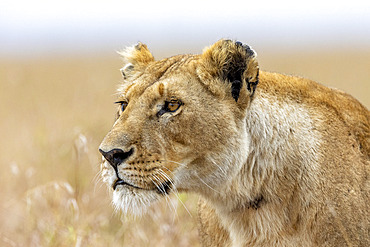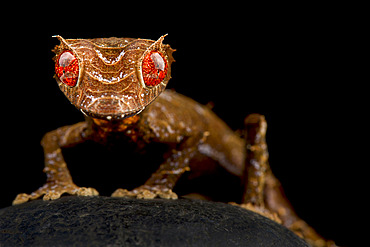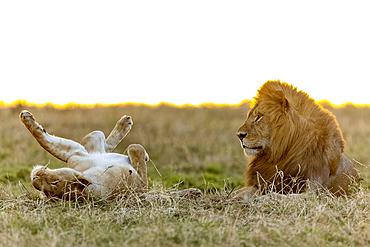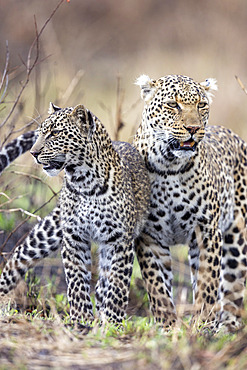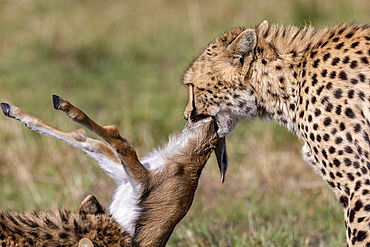Results
30 results found
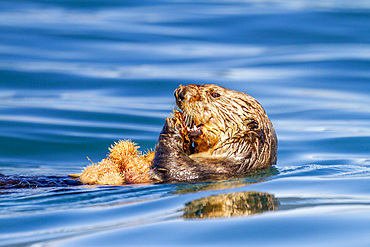
Adult female sea otter (Enhydra lutris kenyoni) eating urchins she has gathered off the sea floor in Inian Pass, Southeastern Alaska, Pacific Ocean, United States of America, North America
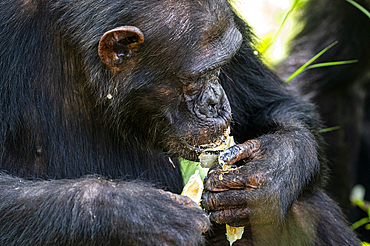
Chimpanzee (Pan troglodytes), Gombe Stream National Park, Lake Tanganyika, Tanzania, East Africa, Africa
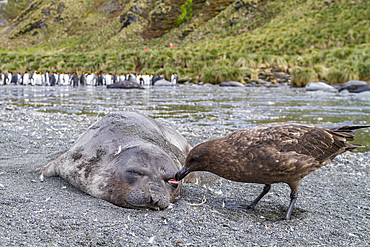
Dead southern elephant seal (Mirounga leonina) pup being eaten by an Antarctic skua on South Georgia Island, Southern Ocean
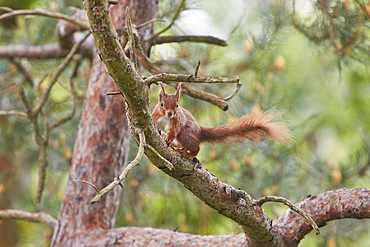
A Red Squirrel (Sciurus vulgaris), in conifer woodland on Brownsea Island, a nature reserve in Poole Harbour, Dorset, England, United Kingdom, Europe
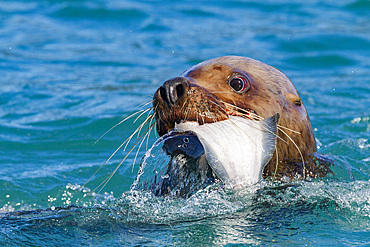
Northern (Steller) sea lion (Eumetopias jubatus) close-up eating a halibut in Southeastern Alaska, United States of America
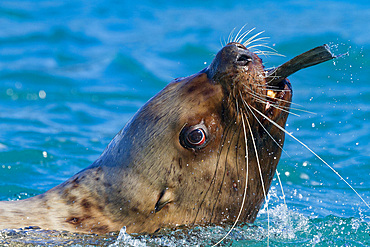
Northern (Steller) sea lion (Eumetopias jubatus) close-up eating a halibut in Southeastern Alaska, United States of America
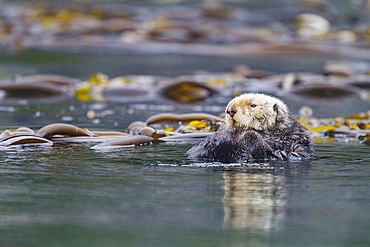
Adult sea otter (Enhydra lutris kenyoni) in kelp bed in Inian Pass, Southeastern Alaska, United States of America
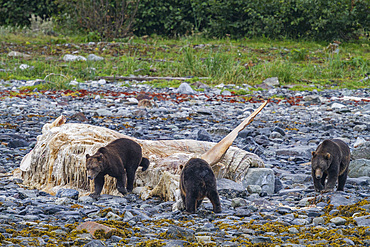
Adult brown bears (Ursus arctos) feeding on humpback whale carcass, Scidmore Cut, Glacier Bay National Park, Alaska, United States of America
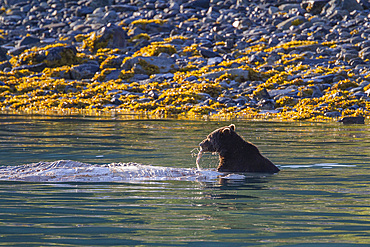
Adult brown bear (Ursus arctos) feeding on humpback whale carcass in Glacier Bay National Park, Alaska, United States of America

Adult brown bear (Ursus arctos) feeding on humpback whale carcass in Glacier Bay National Park, Alaska, United States of America
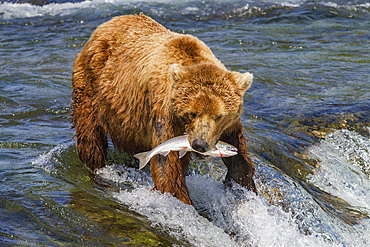
Adult brown bear (Ursus arctos) foraging for salmon at the Brooks River, Katmai National Park, Alaska, United States of America
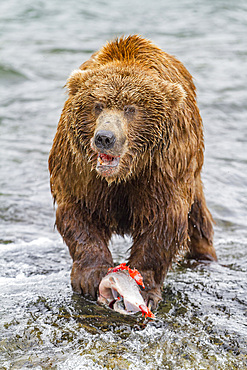
Adult brown bear (Ursus arctos) foraging for salmon at the Brooks River, Katmai National Park, Alaska, United States of America
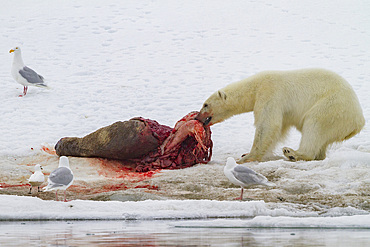
A young polar bear (Ursus maritimus) scavenging a fresh bearded seal kill recently vacated by old male that killed the seal, Svalbard, Norway

Adult male polar bear (Ursus maritimus) drawn to a fin whale carcass in Holmabukta in the Svalbard Archipelago, Norway
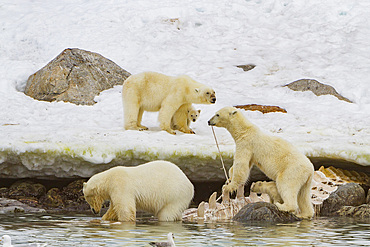
Two mother polar bears (Ursus maritimus) with cubs of the year watch a male bear feeding on a fin whale carcass in Svalbard, Norway
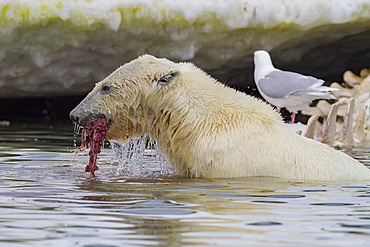
Young male polar bear (Ursus maritimus), feeding on a fin whale carcass in Holmabukta in the Svalbard Archipelago, Norway
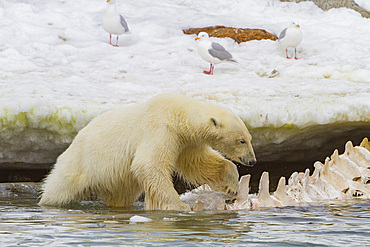
Young male polar bear (Ursus maritimus), feeding on a fin whale carcass in Holmabukta in the Svalbard Archipelago, Norway

Brown capuchin monkey (Cebus apella, Sapajus apella) on tree eating palm seeds, Lake Sandoval, Tambopata National Reserve, Peru, South America
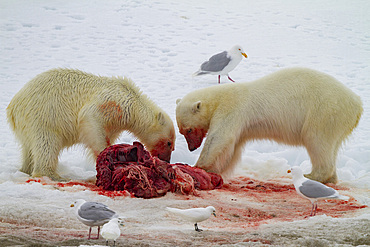
Two young polar bears (Ursus maritimus), feeding side-by-side on a fresh bearded seal kill on Spitsbergen, Svalbard, Norway
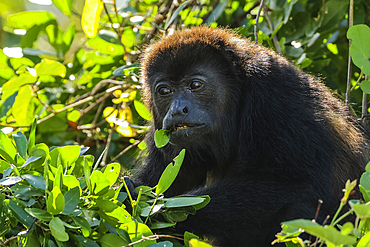
Female mantled howler monkey (Alouatta palliata) known for its loud call, eating in Pacific coast forest, Esperanza, Nosara, Guanacaste, Costa Rica

Female mantled howler monkey (Alouatta palliata) eating tree leaves in a north Pacific coast forest, Esperanza, Nosara, Guanacaste, Costa Rica

Adult rockhopper penguins (Eudyptes chrysocome chrysocome) at breeding and molting colony on New Island, Falkland Islands
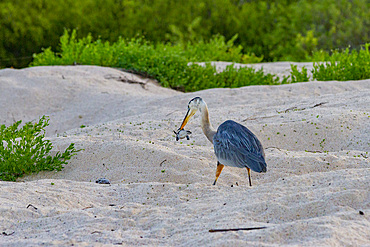
Adult great blue heron (Ardea herodias cognata) feeding on green sea turtle hatchlings, Galapagos Islands, UNESCO World Heritage Site, Ecuador, South America

Female mantled howler monkey (Alouatta palliata) eating tree leaves in a north Pacific coast forest, Esperanza, Nosara, Guanacaste, Costa Rica
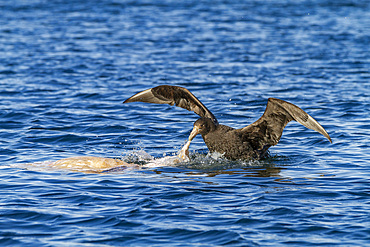
Southern giant petrel (Macronectes giganteus), feeding on a sheep carcass at West Point Island, Falkland Islands, South America
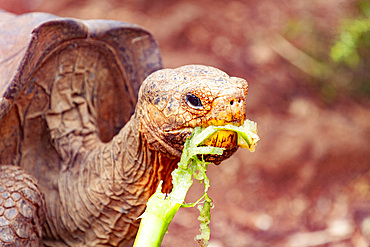
Captive Galapagos giant tortoise (Geochelone elephantopus) at the Charles Darwin Research Station, Galapagos, UNESCO World Heritage Site, Ecuador, South America
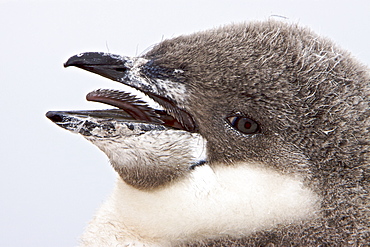
Chinstrap penguin (Pygoscelis antarctica) chick head detail at colony on Useful Island near the Antarctic Peninsula. There are an estimated 2 million breeding pairs of chinstrap penguins in the Antarctic peninsula region alone, perhaps as many as 7.5 million breeding pairs in all of Antarctica. Their name derives from the narrow black band under their heads which makes it appear as if they are wearing black helmets, making them one of the most easily identified types of penguin. Other names for them are "Ringed Penguins", "Bearded Penguins", and "Stonecracker Penguins" due to their harsh call. They grow to 68 cm (27 in). The average adult weight of a Chinstrap Penguin is 4.5 kg (10 lbs). Weight can range from 3 to 6 kg (6.6-13.2 lbs), with males being slightly larger and weight varying based on where the penguin is in the breeding cycle. Their diet consists of krill, shrimp, and fish. On land they build circular nests from stones, and lay two eggs, which are incubated by both the male and the female for shifts of five to ten days. They can also breed on icebergs, though they prefer non-icy conditions. The chicks hatch after about 35 days, and have fluffy gray backs and white fronts. The chicks stay in the nest for 20?30 days before they go to join a creche. At around 50?60 days old, they moult, gaining their adult plumage and go to sea. The Chinstrap Penguin was first described by German naturalist Forster in 1781. Its specific epithet was often seen as antarctica, however a 2002 review determined the genus Pygoscelis was masculine, and hence the correct binomial name is Pygoscelis antarcticus.
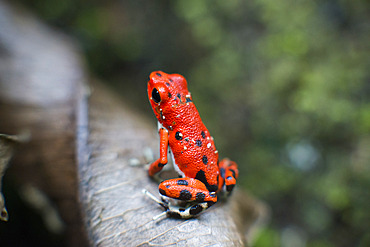
Strawberry Poison Frog (Dendrobates pumilio), adult, Bastimentos National Park, Bocas del Toro, Panama. The strawberry poison frog or strawberry poison-dart frog (Oophaga pumilio or Dendrobates pumilio) is a species of small amphibian poison dart frog found in Central America. It is common throughout its range, which extends from eastern central Nicaragua through Costa Rica and northwestern Panama. The species is often found in humid lowlands and premontane forest, but large populations are also found in disturbed areas such as plantations. The strawberry poison frog is perhaps most famous for its widespread variation in coloration, comprising approximately 15���30 color morphs, most of which are presumed to be true-breeding. O. pumilio, while not the most poisonous of the dendrobatids, is the most toxic member of its genus. The species is most diverse in Panama with varieties in vivid shades of all red, orange, blue, yellow or green, green and yellow, white with red, orange or black and spotted varieties. The most colorful mix is found in Isla Bastimentos Marine National Park though not all in one place. Colors vary by location. A beach on the north side of the island is named after the species. Two of Southern Explorations' Panama tours visit red frog habitat. Both the eight-day Panama Adventure trip and eleven-day Panama Highlights trip spend time in Isla Bastimentos Marine National Park and the former also goes to Red Frog Beach.
The red frog is not as poisonous as some of its cousins and is not a threat to humans. It subsists on a diet of ants that dine on poisonous plants, providing the red frog its protective skin toxin. Males attract females with a loud quick chirp. To hear the distinctive sound before you depart on your Panama tours, go to the University of Michigan Museum's biodiversity website (www.animaldiversity.ummz.umich.edu.) After birth, the tadpoles climb aboard the mother who deposits them in different protected areas where she retu
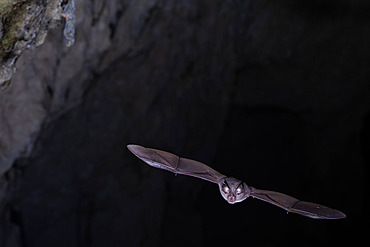
Lesser horseshoe bat;Rhinolophus hipposideros) in flight outside a cave in Calvados, Normandy. France
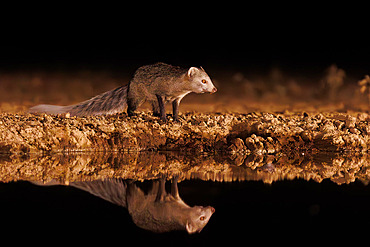
White-tailed mongoose;Ichneumia albicauda), comes to drink in a pond, at night, Shompole wilderness, Shompole Community, Kenya, East Africa, Africa
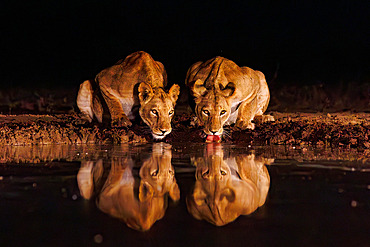
Lioness;Panthera leo) drinking from a waterhole by night, Shompole wilderness, Shompole Community, Kenya, East Africa, Africa

Bengal Tiger;Panthera tigris) marking the territory, Tadoba National Park, Tadoba Andhari Tiger Reserve, Maharashtra's oldest and largest National Park, Maharashtra state, Indian subcontinent, India, Chandrapur district, Asia
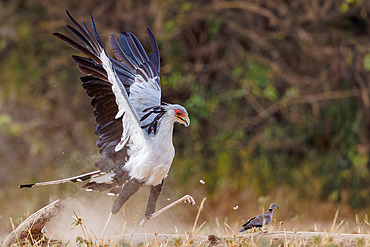
Secretary bird;Sagittarius serpentarius), moves in the savannah and kill a mourning dove Streptopelia decipiens), Shompole wilderness, Shompole Community, Kenya, East Africa, Africa
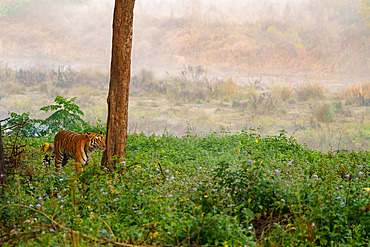
Bengal tiger;Panthera tigris tigris), hunting near by the water, Jim Corbett National Park, Uttarakhand, India, Asia

Bengal tiger;Panthera tigris tigris), crossing a river, Jim Corbett National Park, Uttarakhand, India, Asia
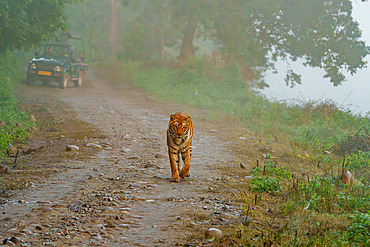
Bengal tiger;Panthera tigris tigris), walking on a track, Jim Corbett National Park, Uttarakhand, India, Asia

Bat-eared fox;Otocyon megalotis) near by a waterhole by night, Shompole wilderness, Shompole Community, Kenya, East Africa, Africa
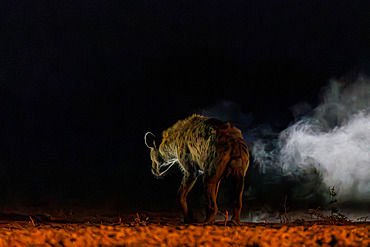
Spotted hyena;Crocuta crocuta), comes to drink in a pond, at night, Shompole wilderness, Shompole Community, Kenya, East Africa, Africa
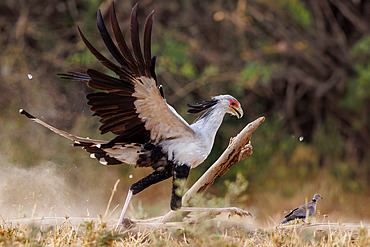
Secretary bird;Sagittarius serpentarius), moves in the savannah and kill a mourning dove Streptopelia decipiens), Shompole wilderness, Shompole Community, Kenya, East Africa, Africa

Spotted hyena;Crocuta crocuta), drinking by night at the waterhole, Shompole wilderness, Shompole Community, Kenya, East Africa, Africa
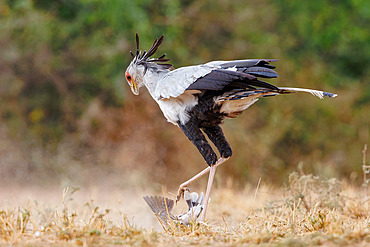
Secretary bird;Sagittarius serpentarius), moves in the savannah and kill a mourning dove Streptopelia decipiens), Shompole wilderness, Shompole Community, Kenya, East Africa, Africa
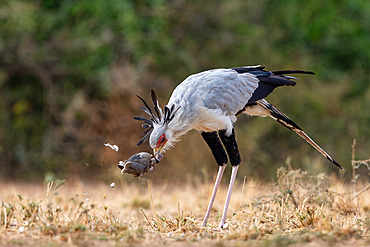
Secretary bird;Sagittarius serpentarius), moves in the savannah and kill a mourning dove Streptopelia decipiens), Shompole wilderness, Shompole Community, Kenya, East Africa, Africa

Secretary bird;Sagittarius serpentarius), moves in the savannah and kill a mourning dove Streptopelia decipiens), Shompole wilderness, Shompole Community, Kenya, East Africa, Africa
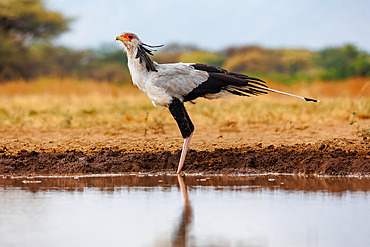
Secretary bird;Sagittarius serpentarius), drinking from a pond, shrubby savannah landscape, Shompole wilderness, Shompole Community, Kenya, East Africa, Africa

Bengal Tiger;Panthera tigris) in a clear area, youngs playing, Tadoba National Park, Tadoba Andhari Tiger Reserve, Maharashtra's oldest and largest National Park, Maharashtra state, Indian subcontinent, India, Chandrapur district, Asia
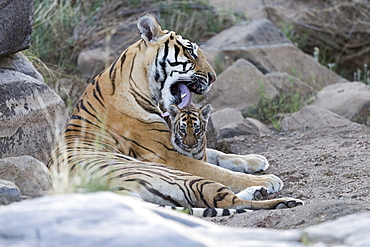
Asian (Bengal) Tiger (Panthera tigris tigris), with young 3 months old, resting, Private reserve, South Africa
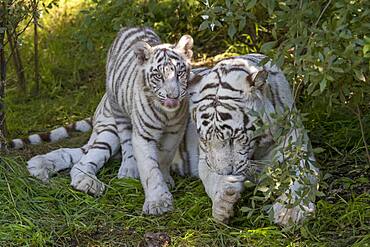
Asian (Bengal) Tiger (Panthera tigris tigris), White tiger, adult female with a white young 5 month old, Private reserve, South Africa
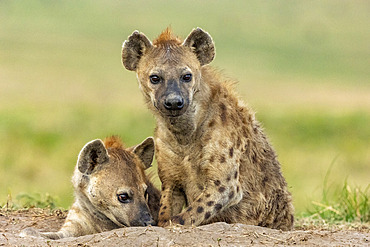
Spotted hyena (Crocuta crocuta), adults resting at the entrance of the den, Masai Mara National Reserve, National Park, Kenya
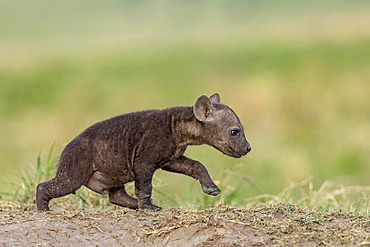
Spotted hyena (Crocuta crocuta), young at the entrance of the den, Masai Mara National Reserve, National Park, Kenya
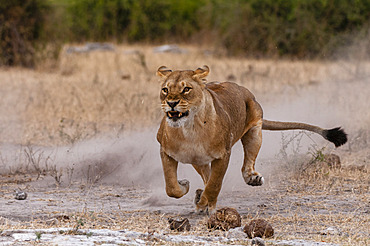
A lioness, Panthera leo, kicking up a cloud of dust as she runs. Chobe National Park, Kasane, Botswana.
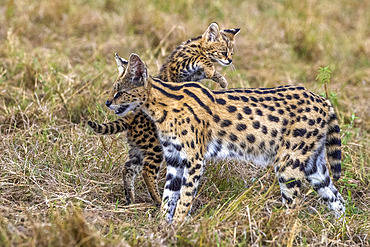
Serval (Leptailurus serval) in the savannah, cub (2 months old) jumped on the mother's back, Masai Mara National Reserve, National Park, Kenya, East Africa

Cheetah (Acinonyx jubatus), youngs in a bush, Masai Mara National Reserve, National Park, Kenya, East Africa, Africa
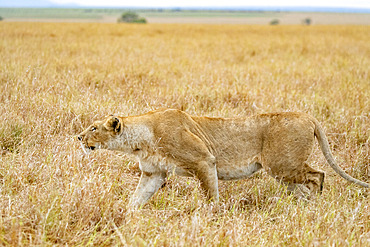
Lion (Panthera leo) lioness walking in savanna, beginning of hunting, stalking, Masai Mara National Reserve, National Park, Kenya
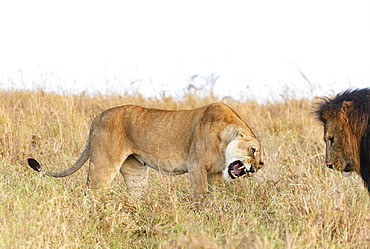
Lion (Panthera leo) beginning of the mating in the savannah, female, aggressive stance in front of a male during mating period, Masai Mara National Reserve, National Park, Kenya

Spotted hyena (Crocuta crocuta), adult and young, near the entrance of the den, Masai Mara National Reserve, National Park, Kenya
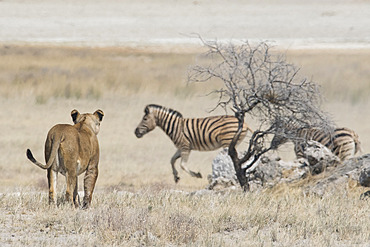
Lion (Panthera leo) and Burchell's Zebra (Equus quagga burchellii) in the savanna, Etosha National Park, Namibia
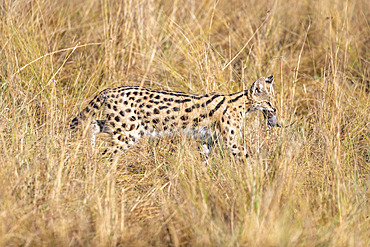
Serval (Leptailurus serval) female in the savannah, she caught a small rodent and bring it to its young, Masai Mara National Reserve, National Park, Kenya, East Africa
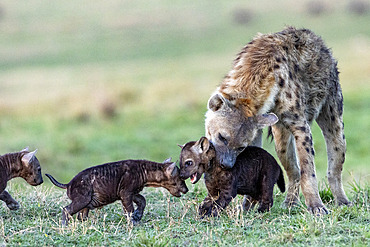
Spotted hyena (Crocuta crocuta), adult and young, at the entrance of the den, Masai Mara National Reserve, National Park, Kenya

Short-beaked Echidna (Tachyglossus aculeatus), an oviparous mammal of Australia. Short-beaked Echidnas feed on Ants and termites, the spiky coat, which can differ in color and density in Australia, is protecting the Echidna from predators. Australia, South Australia
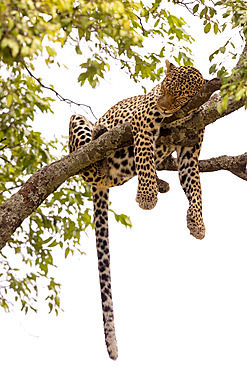
Leopard (Panthera pardus pardus), in a tree where its prey is, Masai Mara National Reserve, National Park, Kenya
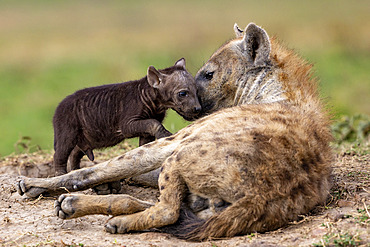
Spotted hyena (Crocuta crocuta), adult and young, resting on the ground at the entrance of the den, Masai Mara National Reserve, National Park, Kenya
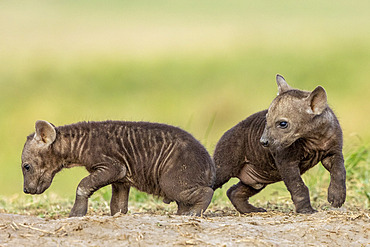
Spotted hyena (Crocuta crocuta), youngs at the entrance of the den, Masai Mara National Reserve, National Park, Kenya
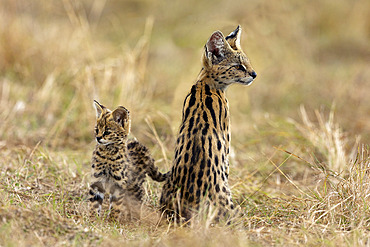
Serval (Leptailurus serval) in the savannah, cub (2 months old) with its mother, Masai Mara National Reserve, National Park, Kenya, East Africa
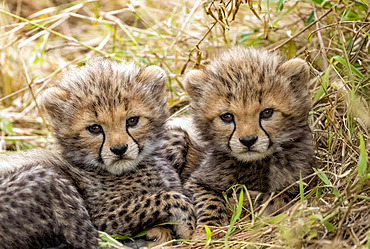
Young Cheetah (Acinonyx jubatus), in the grass, Masai Mara National Reserve, National Park, Kenya, East Africa, Africa
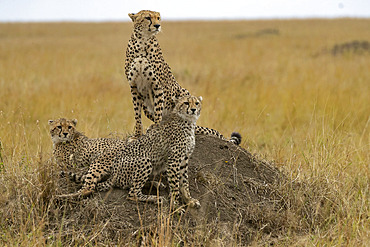
Cheetah (Acinonyx jubatus), adult female and young on a termite mound, Masai Mara National Reserve, National Park, Kenya, East Africa
